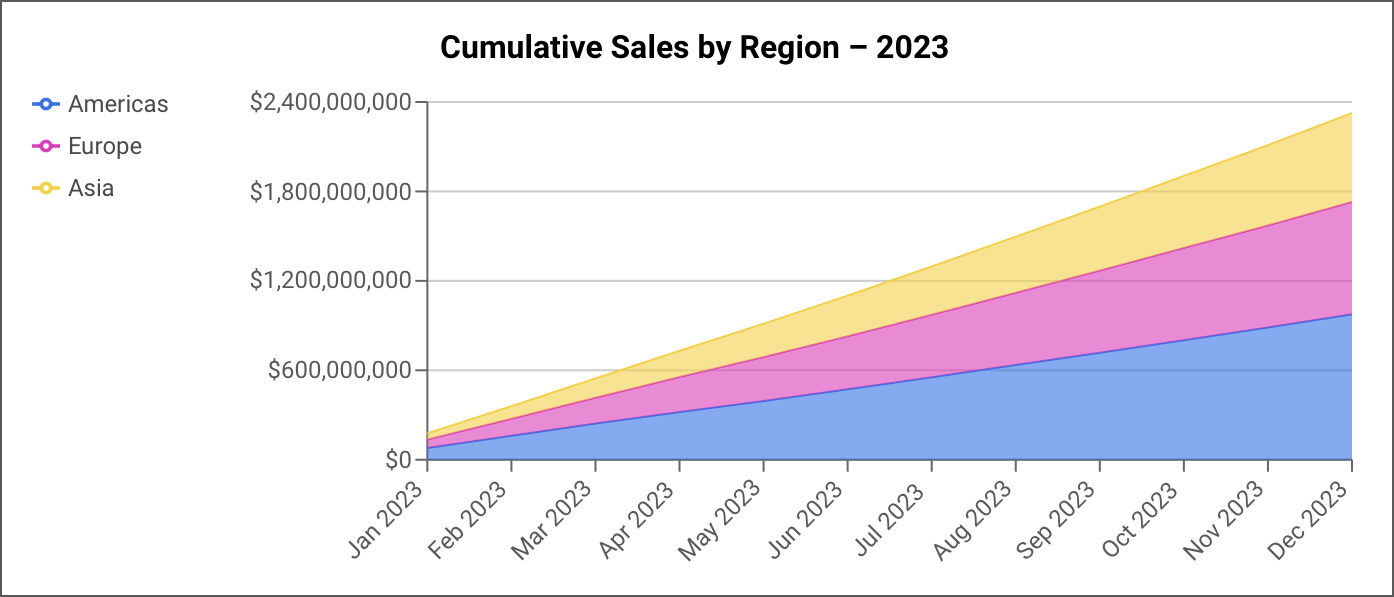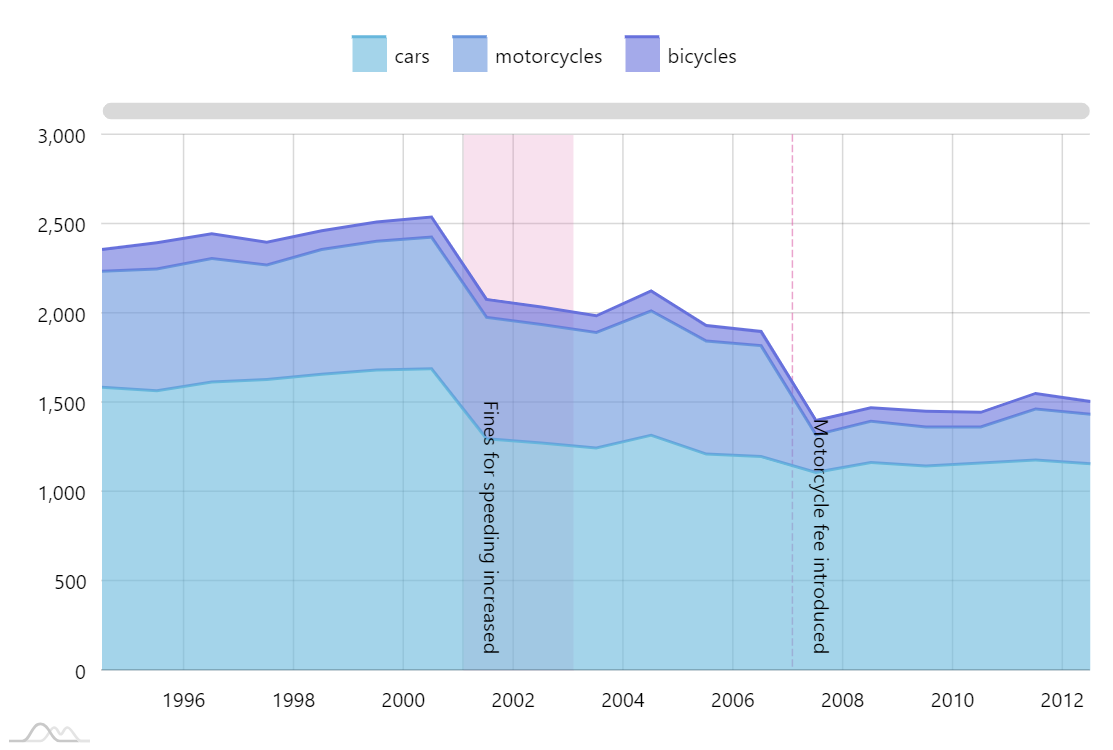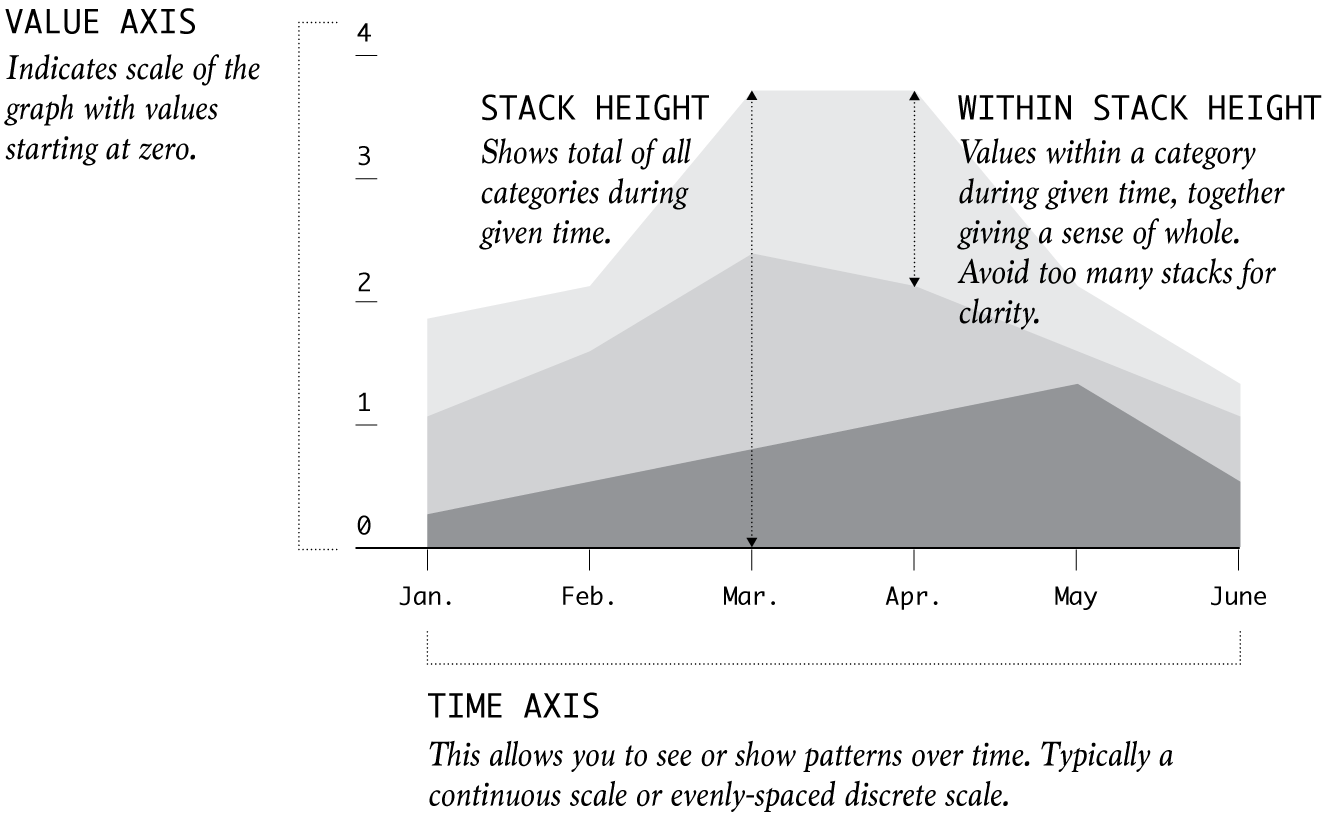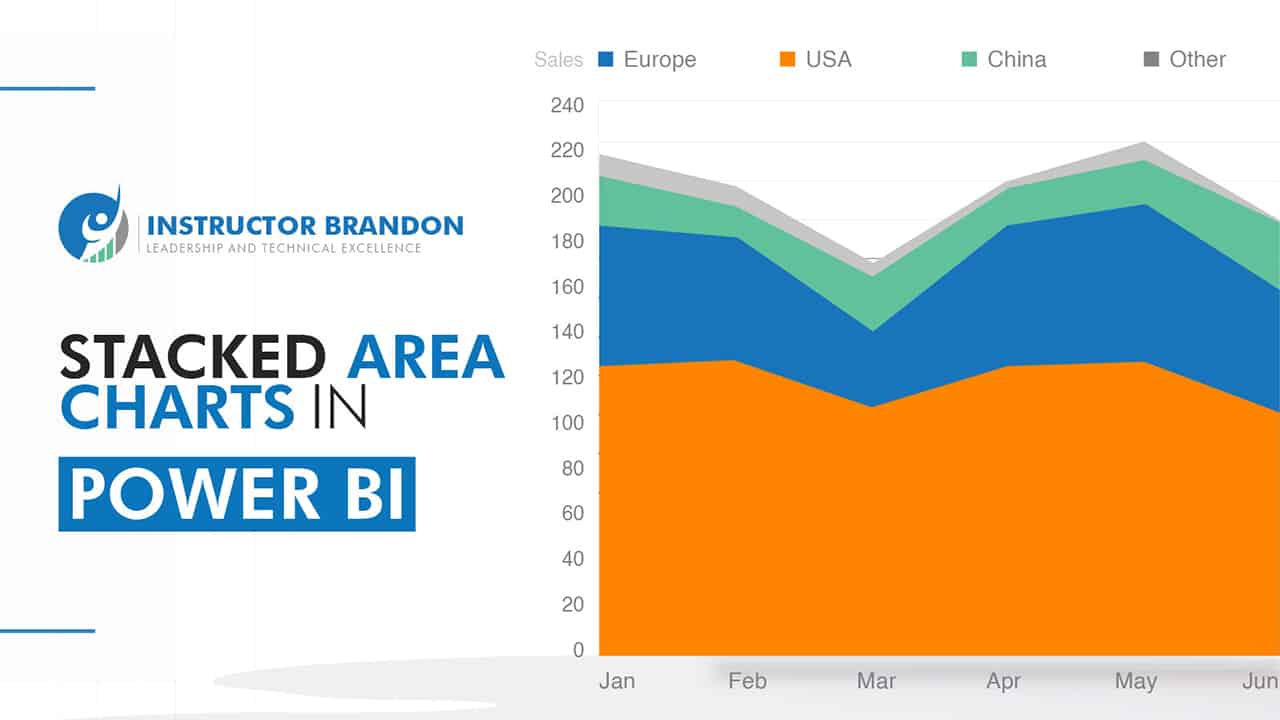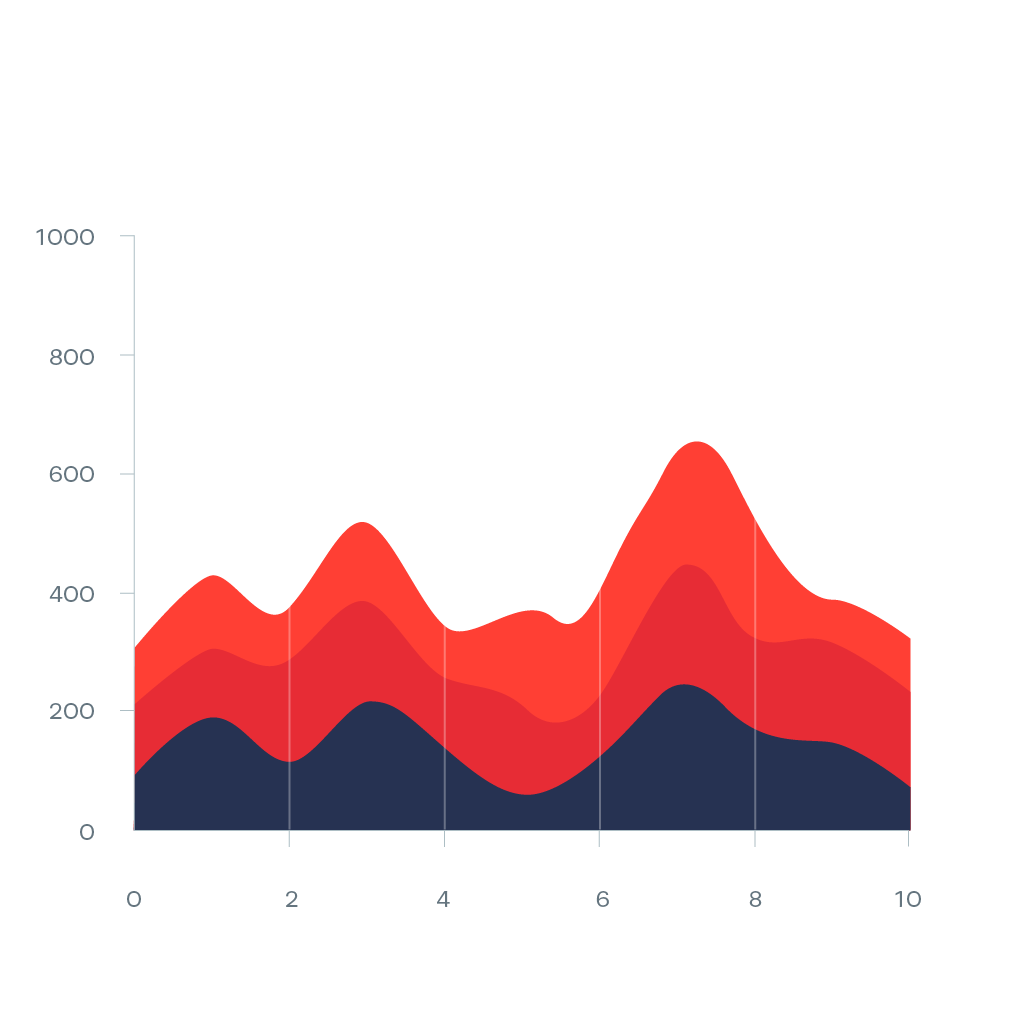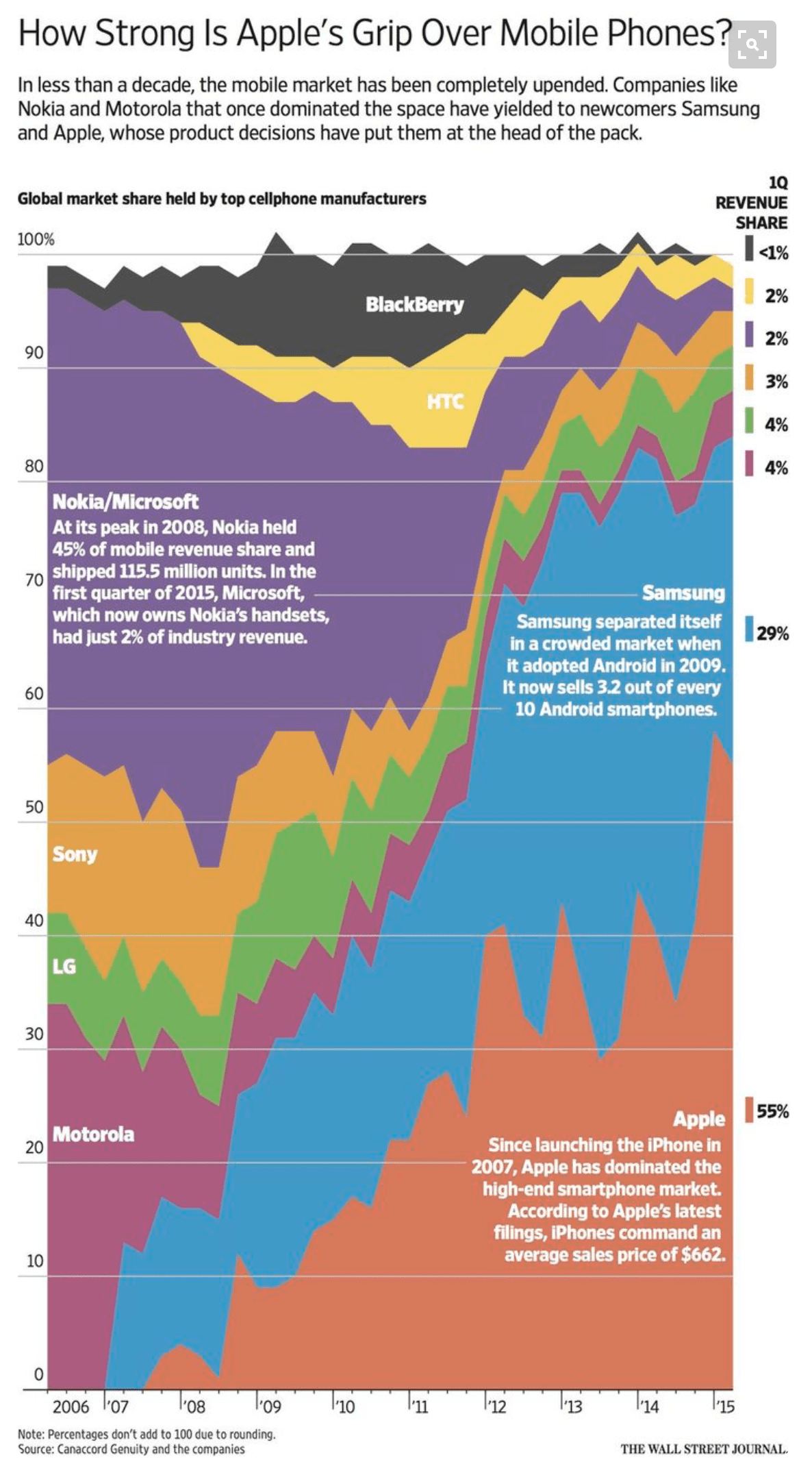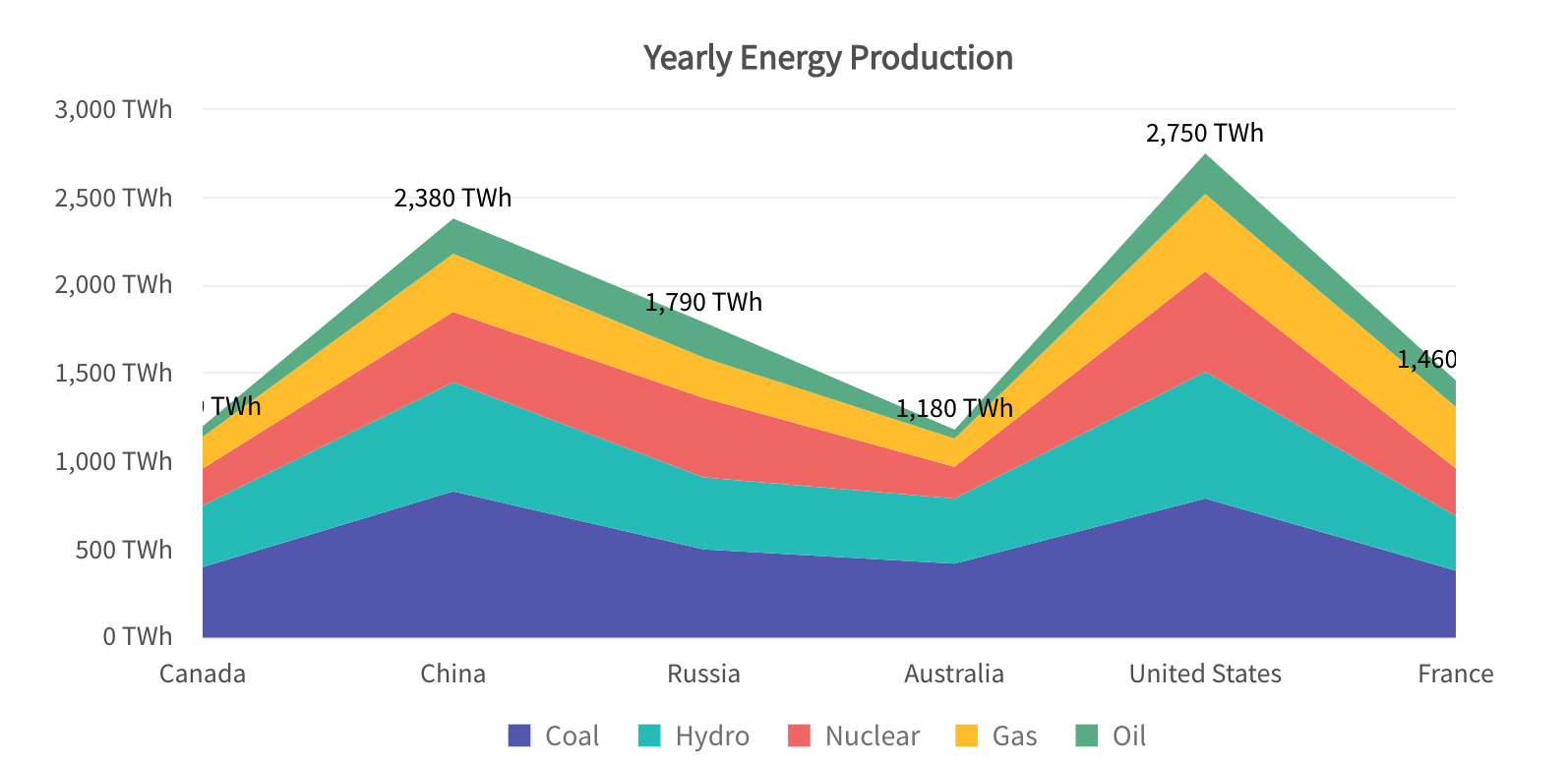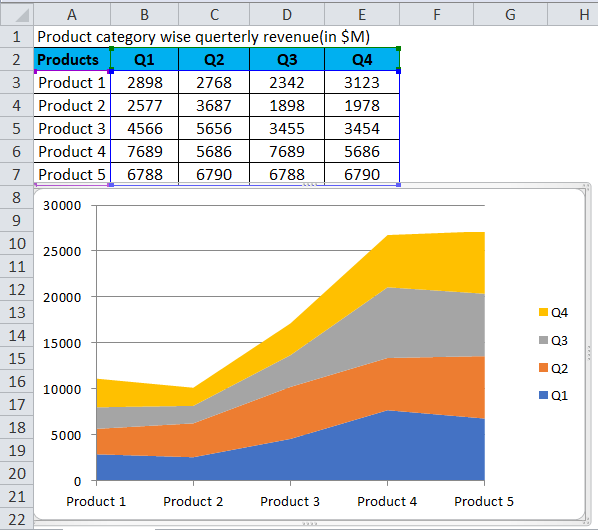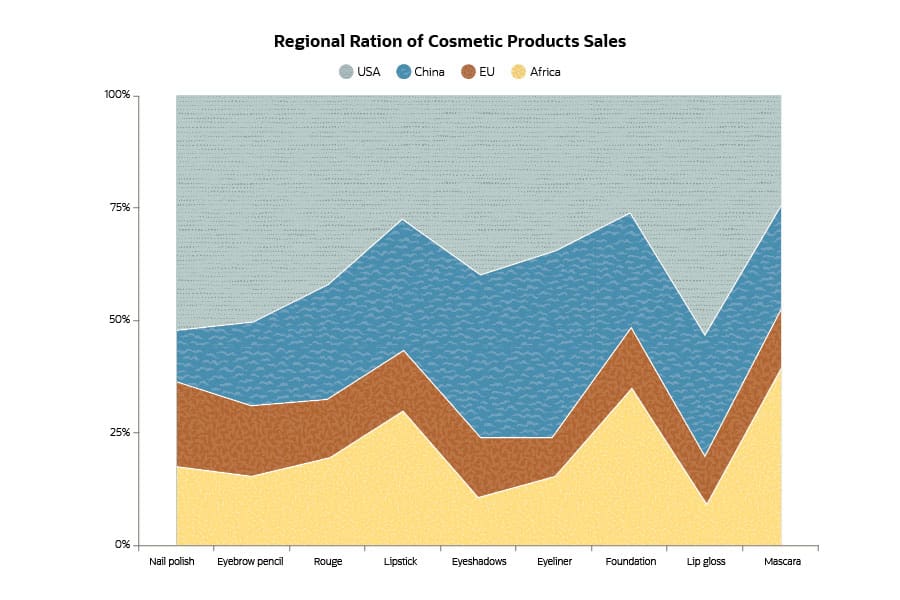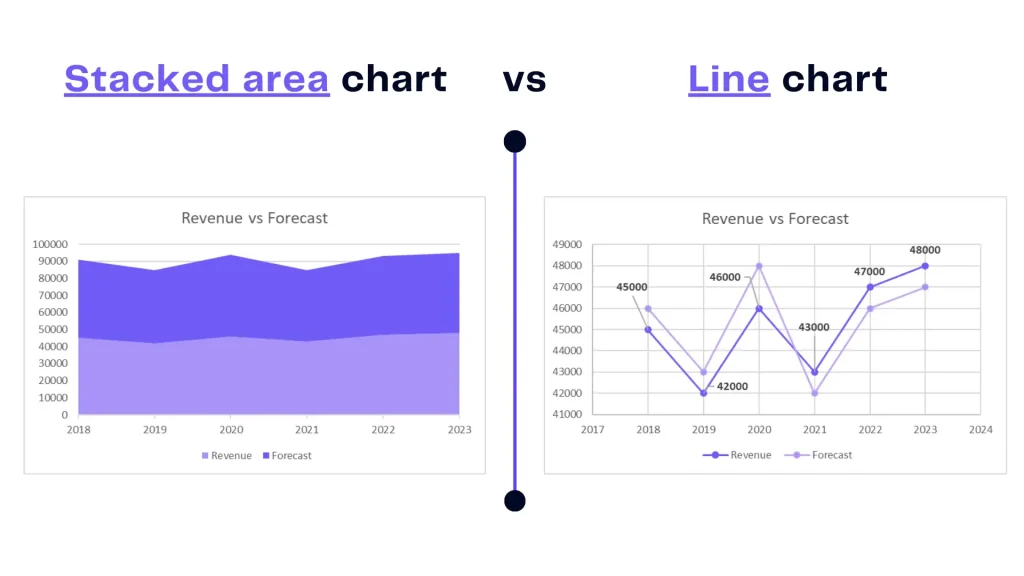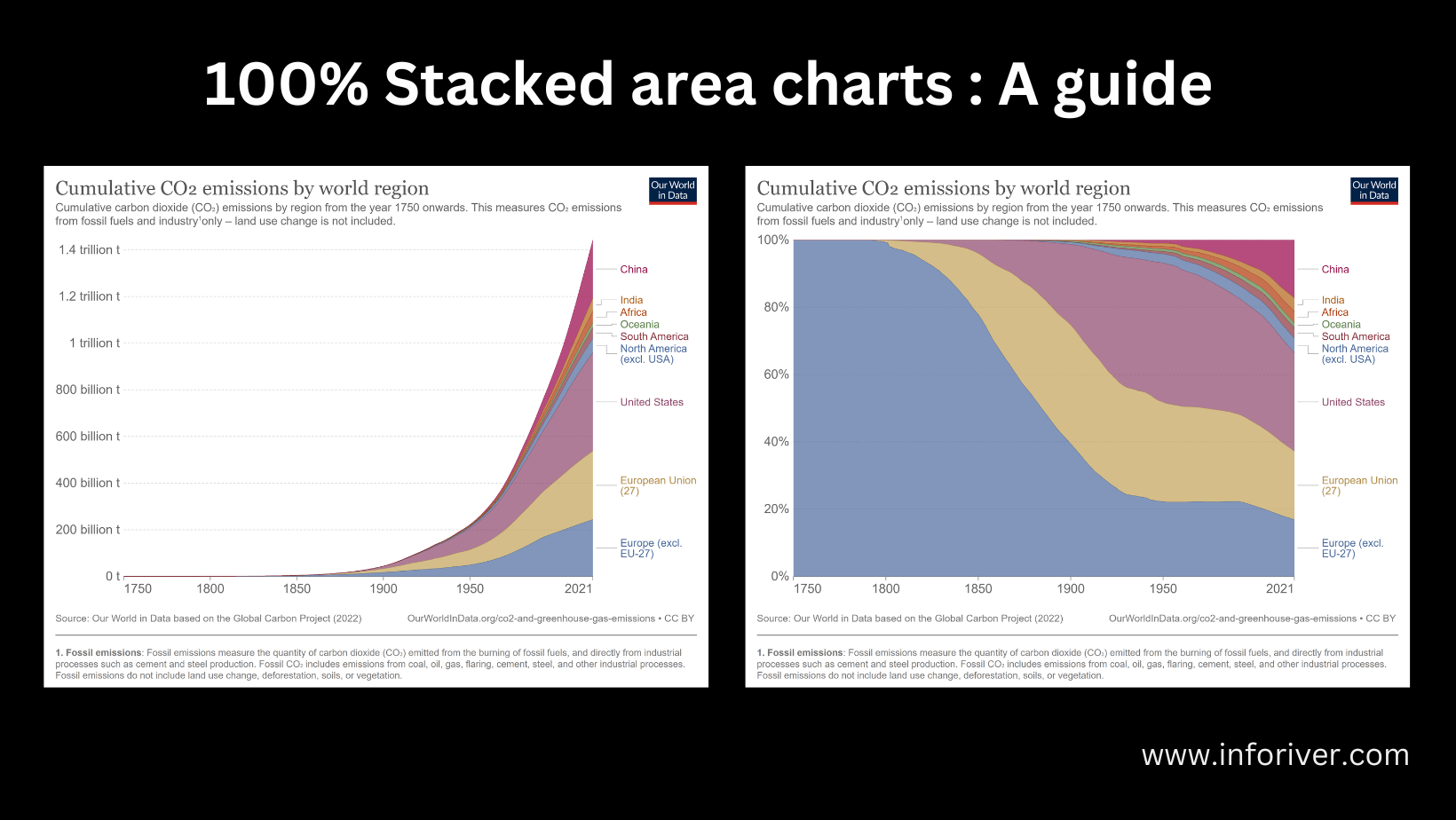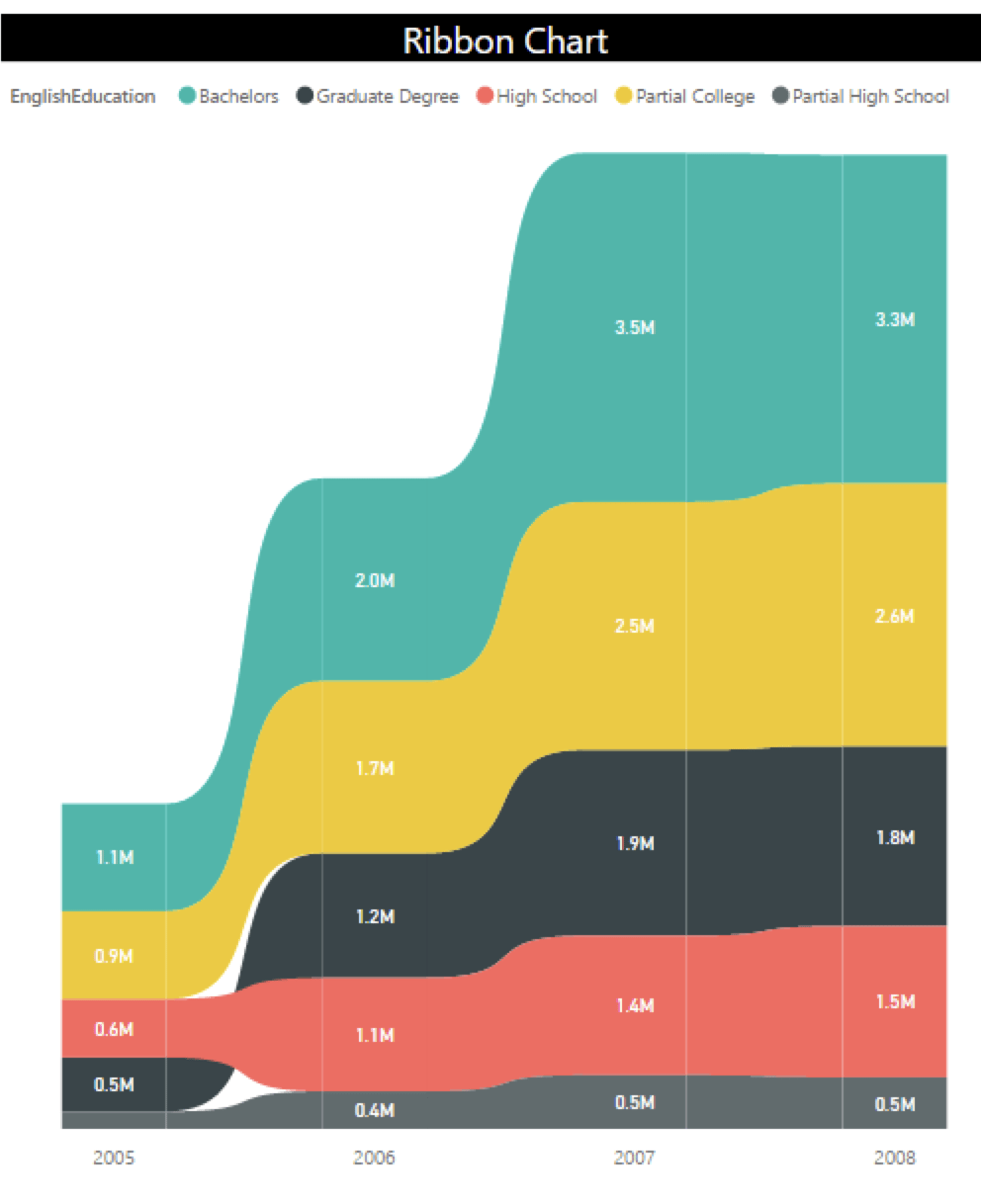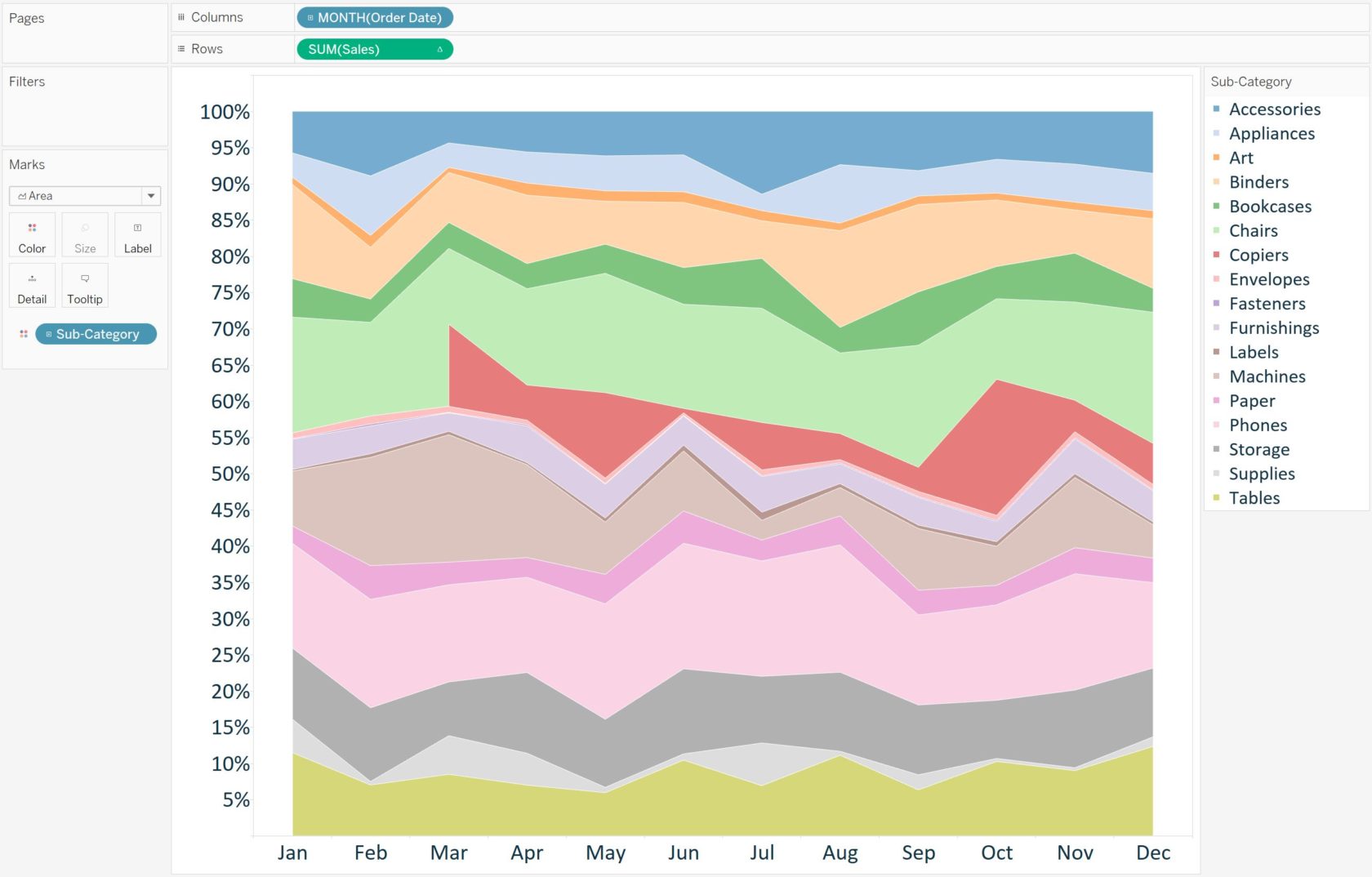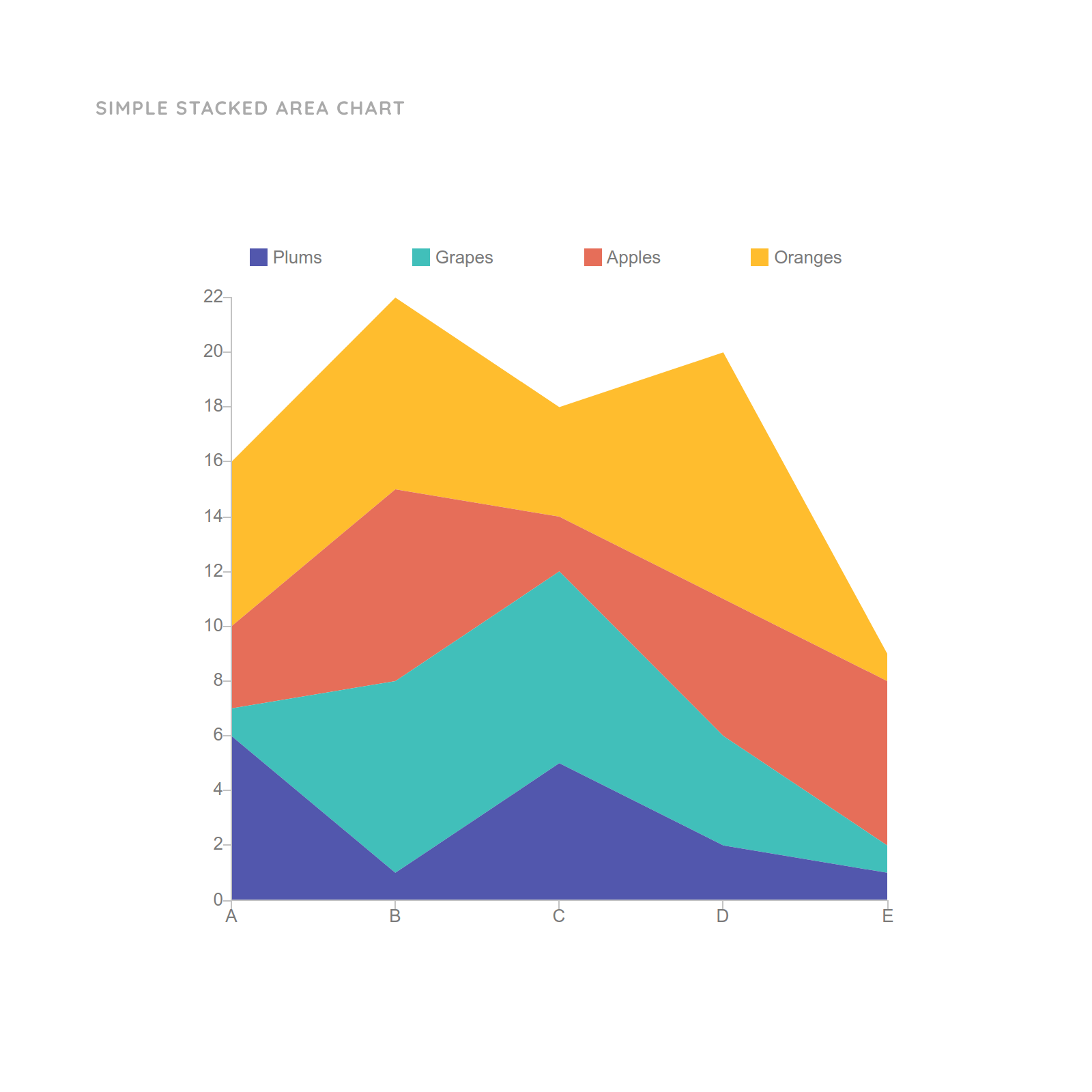Beautiful Info About Why Are Stacked Area Charts Used Line Graph Template Excel
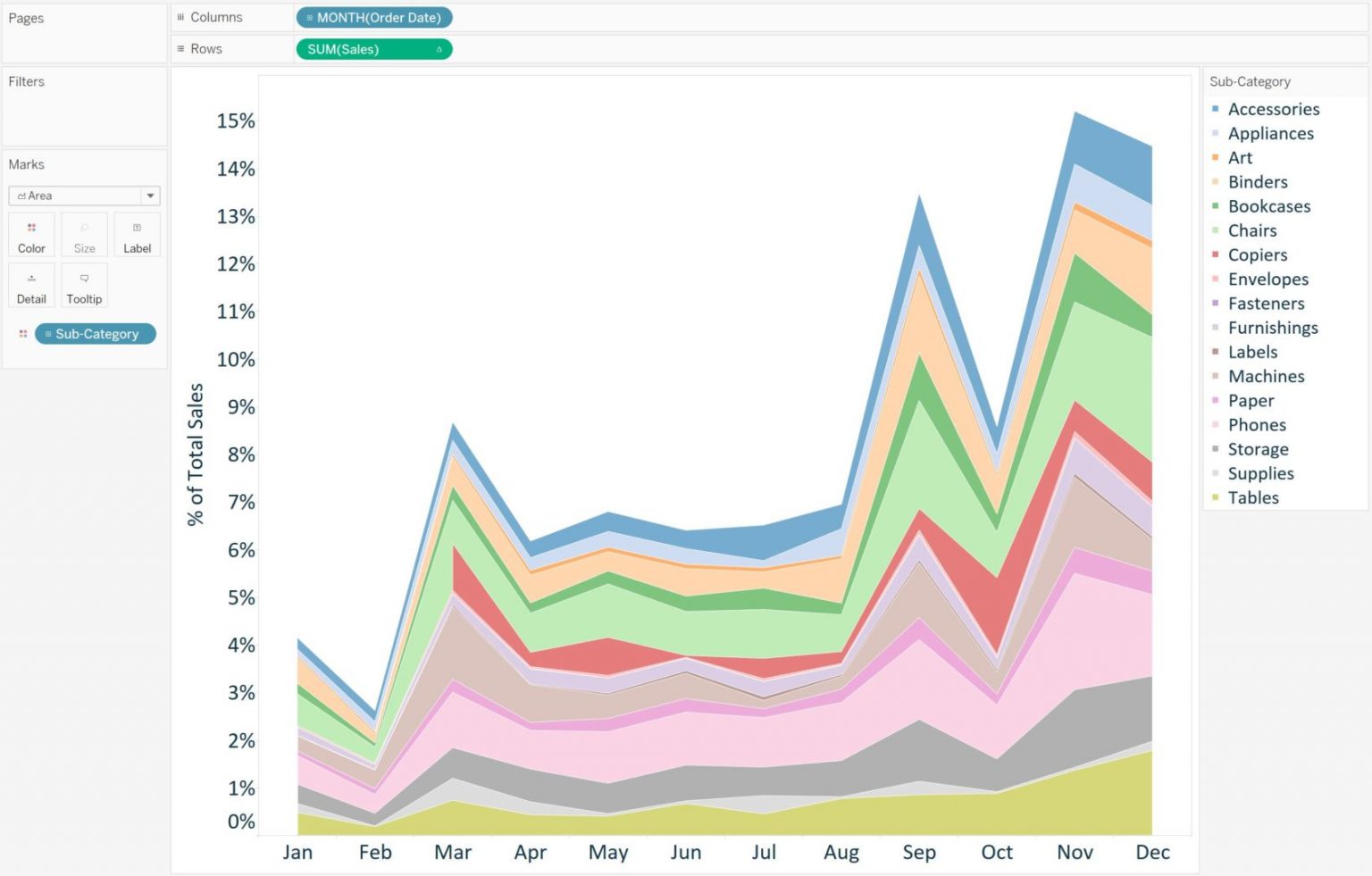
It’s like several area charts stacked on top of one another.
Why are stacked area charts used. Rather than stack the absolute values of each group at each vertical slice, we stack the relative or percentage contribution of each group to the total, so that the overall height is. A common option for area charts is the percentage, or relative frequency, stacked area chart. The stacked area chart type is used in the open tasks, completed tasks, and the timing screen.
These charts are thus designed to be used with categorical data, where these categories sum to a whole. The entire graph represents the total of all the data plotted. In this type of chart, there is a third variable, usually categorical, with its corresponding data series.
The stacked bar chart (aka stacked bar graph) extends the standard bar chart from looking at numeric values across one categorical variable to two. The height of each coloured stack represents the percentage proportion of that category at a given point in time. While a stacked column chart uses vertical bars stacked on top of each other, a stacked area chart stacks multiple area series on top of each other.
A stacked area chart is a primary excel chart type that shows data series plotted with filled areas stacked, one on top of the other. A stacked area chart might be used to show the breakdown of support for different political parties over time. A stacked area chart can show how part to whole relationships change over time.
Use the area chart for showing trends over time among related attributes. Each data series representation begins where the previous data series ends ( they do not overlap ). Read more on everything you need to know about using 100% stacked area charts for effective data visualization, including its advantages and disadvantages.
Stacked area chart: They have big blocks of color to attract the eye, and they don’t look as stodgy as their sibling, the stacked column chart. It is a powerful chart as it allows grouping of data, and seeing trends over a selected date range.
The stacked area chart type is used in the open tasks, completed tasks, and the timing screen. Stacked area graphs also use the areas to convey whole numbers, so they do not work for negative values. While stacked bar and area charts look cool and show up in marketing materials for visualization tools, they only work well in very specific cases.
Stacked area charts typically allow us to visualize how a measure, observed through multiple category values, changes over time. But i find them often misleading, even when their creator doesn’t intend them to be. Area charts are used to represent cumulated totals using numbers or percentages (stacked area charts in this case) over time.
Stacked area charts are used to show the evolution of a total over time while giving an idea of how the different categories that contribute to this total also change. An example of a stacked area graph (from data viz catalogue) imagine you’re making. When rendered with stacked data plots, the area chart serves well for.
The parts are stacked up, usually vertically. How do you use a stacked chart? In this article, we explore when to use stacked area charts and when to avoid them.
